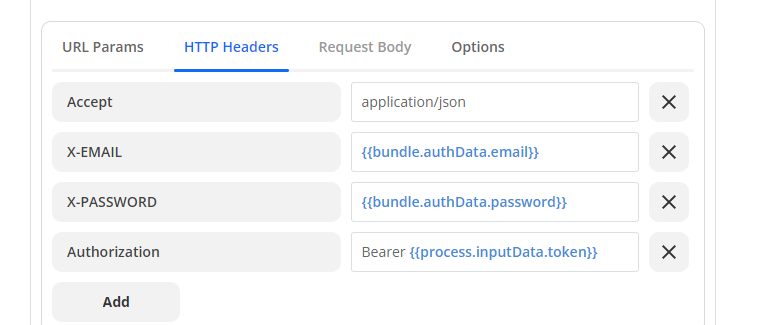I am using zapier api key authentication. Now I want to pass the respective authorization key in the http header for every user who connects their account. I tried to use ‘Bearer {{process.inputData.token}}’. It’s not working. How do I do that?

I am using zapier api key authentication. Now I want to pass the respective authorization key in the http header for every user who connects their account. I tried to use ‘Bearer {{process.inputData.token}}’. It’s not working. How do I do that?

Best answer by Christian W
Hey
I’m Christian, another member of Zapier's Platform Support team :)
I suspect there might be some confusion here about the type of Authorisation needed for your app. If I’m correct in understanding that the app requires users to input their email and password, then uses those details to request an API Key via an API request - then I believe your app requires Session Auth.
For clarity, API Key Auth would typically require a user to manually log into their Travnet account to collect an API Key from a user interface (like a page within their account settings), then copy/paste it into Zapier during connection. Conversely, Session Auth allows user to provide some details (like email & password), and use those details to collect or generate the necessary Auth Key. This process is known as a “Token Exchange Request” (TER).
Once you’ve set up Session Auth, the TER will return an object which can be accessed in your triggers & actions. For example, if the returned TER object includes a property called “apiKey”, you will be able to refer to that value in your HTTP headers using bundle.authData.apiKey.
Does that help to get you pointed in the right direction? Please let me know if we can clarify further :)
Enter your E-mail address. We'll send you an e-mail with instructions to reset your password.